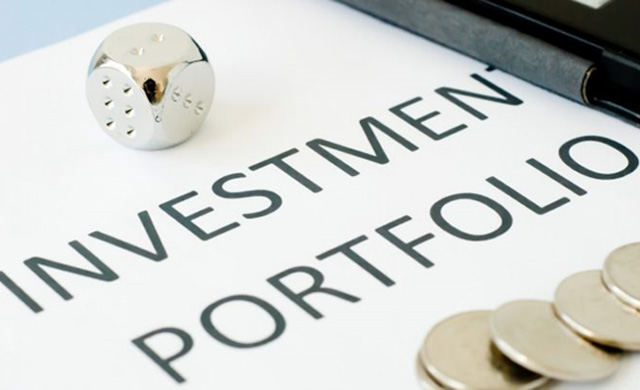Previous Newsletters discussed evidence appearing to contradict the notion that the stock market is always efficient.

Those were posted on these dates:
Value vs growth: 23 January – 3 February 2015, 22-24 March 2016, 26 January 2017, 17 March 2017, 27 April 2017
Net current asset investing: 14 – 22 October 2014
Cyclically adjusted price earnings ratio: 4 February 2015, 22 February – 1 March 2017
Piotroski financial distress analysis: 5 and 9 February 2015, 19 October 2016
Return reversal: 21 April to 7 May 2015
There are hundreds of other topics in the literature. I cannot go through them all, but I can highlight some that we have not yet discussed in the Newsletter series. Today we cover price momentum.
Price (return) momentum
Many investors follow a price momentum strategy when choosing shares. That is, they buy shares which have risen in recent months and sell those that have fallen.
The first major academic study in this area was by Jegadeesh and Titman (1993) who found that if you bought US shares that had performed well in the past few months while selling shares that had performed poorly you would generate returns significantly exceeding those on the general market index for investment periods of three, six, nine and 12 months.
For example, a strategy that selects shares on their past six-month returns and holds them for six months, realised a compounded return above the market of 12.01 per cent per year on average.
Two explanations for price momentum are debated in the literature (apart from the view that the returns are explained by risk differences).
First, Investors underreact to new information.
So, if a company has reported large increases in profits over the last six months the share price rises, but it does not rise enough fully to reflect all the new information.
The argument runs that investors tend to ‘anchor’ beliefs about a company and so they are slow to realise that the company has entered an accelerated growth phase.
They might, at first, anticipate it fizzling out, or even that the profit trend will go into reverse. However, as good news accumulates over time, increasing numbers of investors rerate the shares and push up the price.
On the other hand, when examining a stream of bad news from losers, they are at first reluctant to believe that the severity of the bad news will continue and therefore do not sell off the shares as much as market efficiency would imply.
This means that as more news arrives they realise that they had previously underreacted, and so the share continues to fall.
Second, investors are actually overreacting during the test (after purchase) period.
After a series of months of rising prices investors jump on the bandwagon and push the share prices of win………………………..
………………To read the rest of this article, and more like it, subscribe to my premium newsletter Deep Value Shares – click here http://newsletters.advfn.com/deepvalueshares/subscribe-1

 Hot Features
Hot Features













